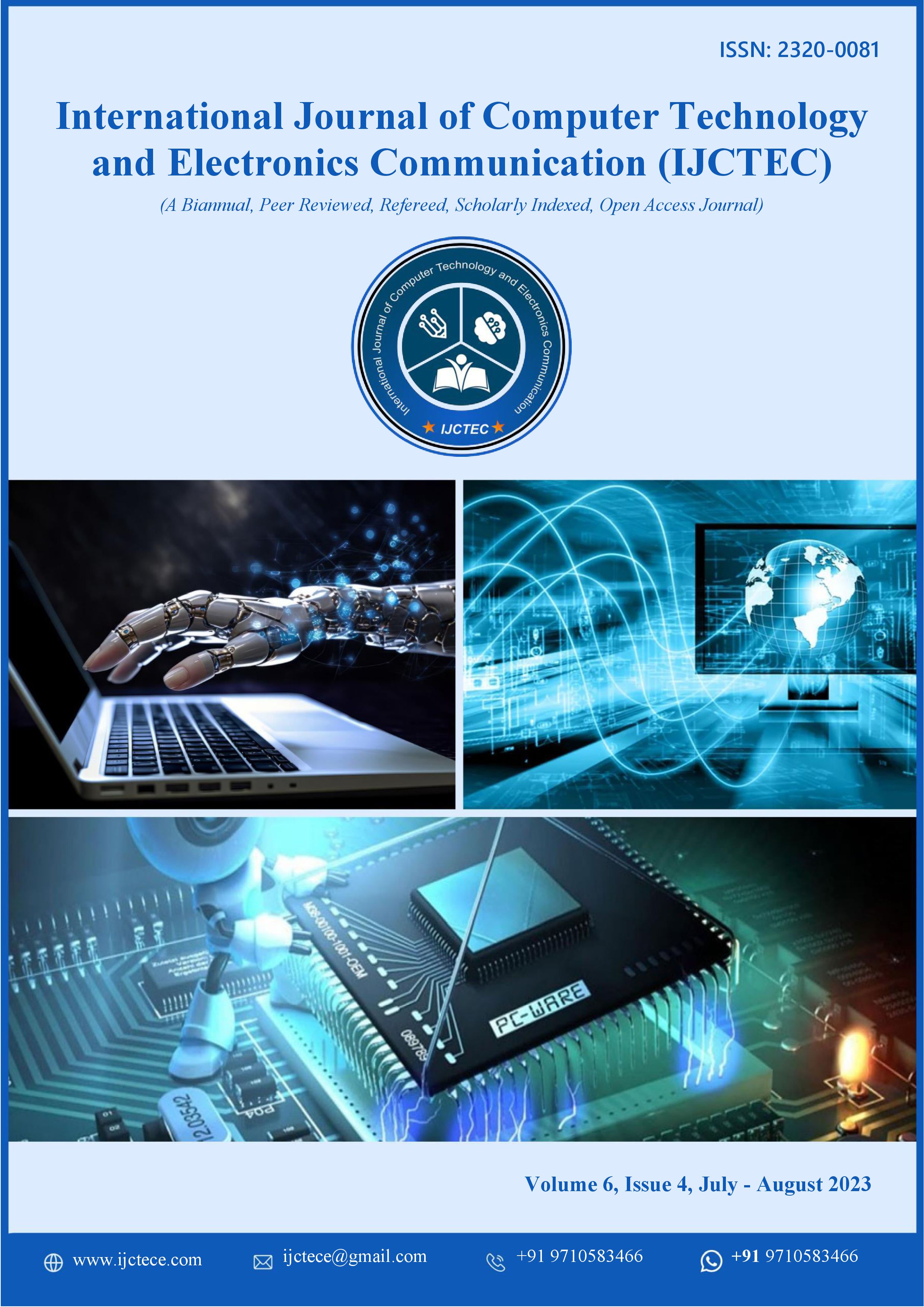Scalable Cloud-Native AI Pipelines for Autonomous Vehicle Learning and Image Denoising across Multi-Platform Oracle Environments
DOI:
https://doi.org/10.15680/IJCTECE.2023.0604004Keywords:
Cloud-native AI, microservices, autonomous vehicles, image denoising, Oracle Cloud, multi-platform learning, deep learning, containerization, scalability, distributed AI, adaptive pipelines, real-time analytics, model deployment, interoperability, secure computingAbstract
This paper presents a scalable cloud-native AI framework that leverages microservices and containerization to enable adaptive learning for autonomous vehicles across multi-platform Oracle environments. The proposed pipeline integrates image denoising modules using deep learning techniques to enhance visual perception accuracy under dynamic conditions such as noise, weather distortion, and low-light visibility. By utilizing Oracle’s cloud infrastructure, the system ensures secure, high-performance data processing, efficient model deployment, and real-time analytics for autonomous navigation. The architecture supports interoperability between heterogeneous systems, enabling seamless model updates, distributed training, and cross-platform learning optimization. Experimental results demonstrate improvements in image quality, inference accuracy, and system scalability, making the approach suitable for next-generation autonomous driving ecosystems.
References
1. Parisi, G. I., Kemker, R., Part, J. L., Kanan, C., & Wermter, S. (2019). Continual lifelong learning with neural networks: A review. Neural Networks, 113, 54–71. https://doi.org/10.1016/j.neunet.2019.01.012
2. Manda, P. (2023). Migrating Oracle Databases to the Cloud: Best Practices for Performance, Uptime, and Risk Mitigation. International Journal of Humanities and Information Technology, 5(02), 1-7.
3. S. T. Gandhi, "Context Sensitive Image Denoising and Enhancement using U-Nets," Computer Science (MS), Computer Science (GCCIS), Rochester Institute of Technology, 2020. [Online]. Available: https://repository.rit.edu/theses/10588/
4. R. Sugumar, A. Rengarajan and C. Jayakumar, Design a Weight Based Sorting Distortion Algorithm for Privacy Preserving Data Mining, Middle-East Journal of Scientific Research 23 (3): 405-412, 2015.
5. Chen, L., Seff, A., Kornhauser, A., & Xiao, J. (2015). DeepDriving: Learning affordance for direct perception in autonomous driving. Proceedings of the IEEE International Conference on Computer Vision (ICCV).
6. Adari, V. K., Chunduru, V. K., Gonepally, S., Amuda, K. K., & Kumbum, P. K. (2020). Explainability and interpretability in machine learning models. Journal of Computer Science Applications and Information Technology, 5(1), 1–7. https://doi.org/10.15226/2474-9257/5/1/00148
7. Pan, S. J., & Yang, Q. (2010). A Survey on Transfer Learning. IEEE Transactions on Knowledge and Data Engineering, 22(10), 1345–1359. https://doi.org/10.1109/TKDE.2009.191
8. Lekkala, C. (2021). Best Practices for Data Governance and Security in a MultiCloud Environment. Journal of Scientific and Engineering Research, 8(12), 227–232.
9. Zhang, K., Leng, S., He, Y., & Maharjan, S. (2019). Deep Learning Empowered Human-in-the-loop Mobile Edge Computing for Smart Cities. IEEE Network, 33(2), 59–65.
10. Begum, R.S, Sugumar, R., Conditional entropy with swarm optimization approach for privacy preservation of datasets in cloud [J]. Indian Journal of Science and Technology 9(28), 2016. https://doi.org/10.17485/ijst/2016/v9i28/93817
11. Cherukuri, Bangar Raju. "Microservices and containerization: Accelerating web development cycles." (2020).
12. Kairouz, P., McMahan, H. B., et al. (2021). Advances and Open Problems in Federated Learning. Foundations and Trends® in Machine Learning, 14(1–2), 1–210. https://doi.org/10.1561/2200000073
13. Sallab, A. E., Abdou, M., Perot, E., & Yogamani, S. (2017). Deep reinforcement learning framework for autonomous driving. Electronic Imaging, 2017(19), 70-76.
14. Xu, J., Feng, X., Zhang, Y., & Li, J. (2020). Blockchain-Based Data Integrity Service Framework for IoT Data. IEEE Internet of Things Journal, 7(4), 2916–2929.
15. Chellu, R. (2022). Design and Implementation of a Secure Password Management System for Multi-Platform Credential Handling.
16. K. Anbazhagan, R. Sugumar (2016). A Proficient Two Level Security Contrivances for Storing Data in Cloud. Indian Journal of Science and Technology 9 (48):1-5.
17. Gupta, S., Alahi, A., & Fei-Fei, L. (2018). Social GAN: Socially Acceptable Trajectories with Generative Adversarial Networks. Proceedings of the IEEE Conference on Computer Vision and Pattern Recognition (CVPR).
18. Wang, Y., Han, D., & Zhang, T. (2020). Multi-task learning for joint traffic sign detection and classification. Neural Computing and Applications, 32(11), 6735–6746.
19. Rusu, A. A., et al. (2016). Progressive Neural Networks. arXiv preprint arXiv:1606.04671.


